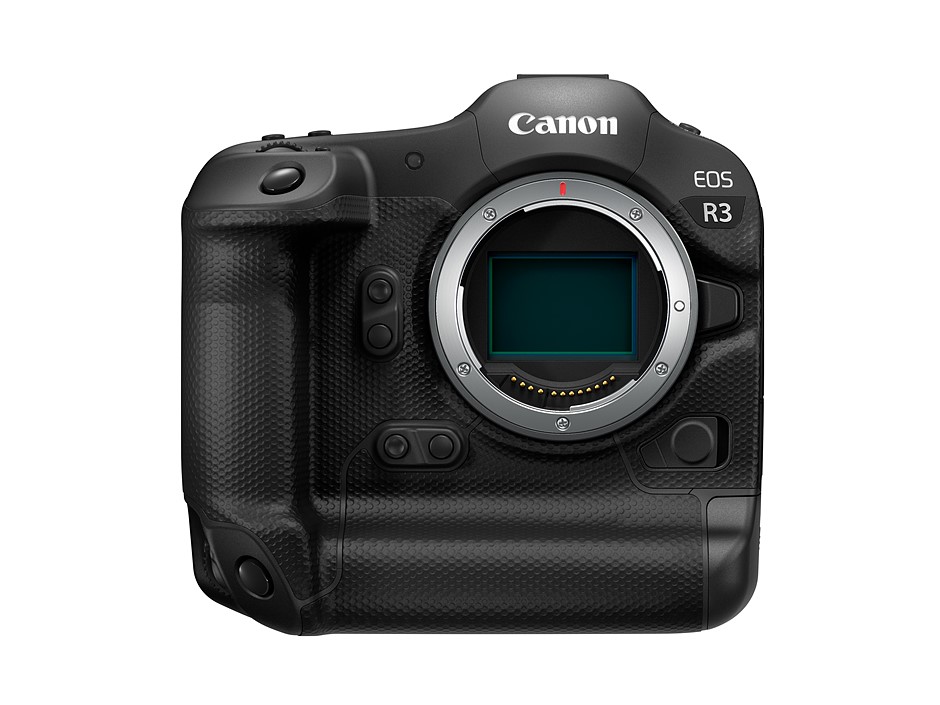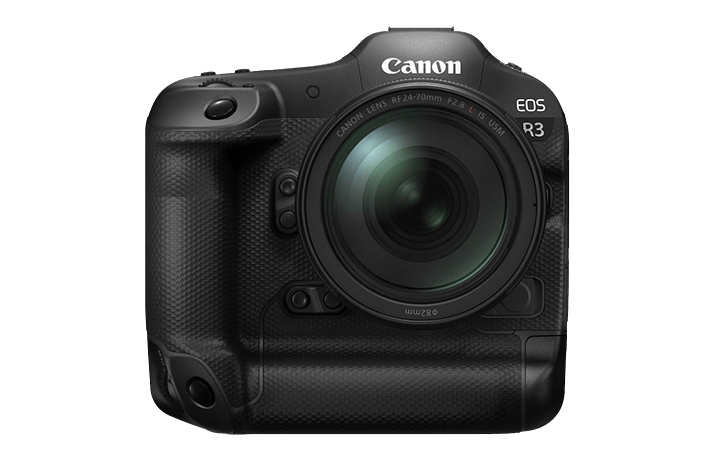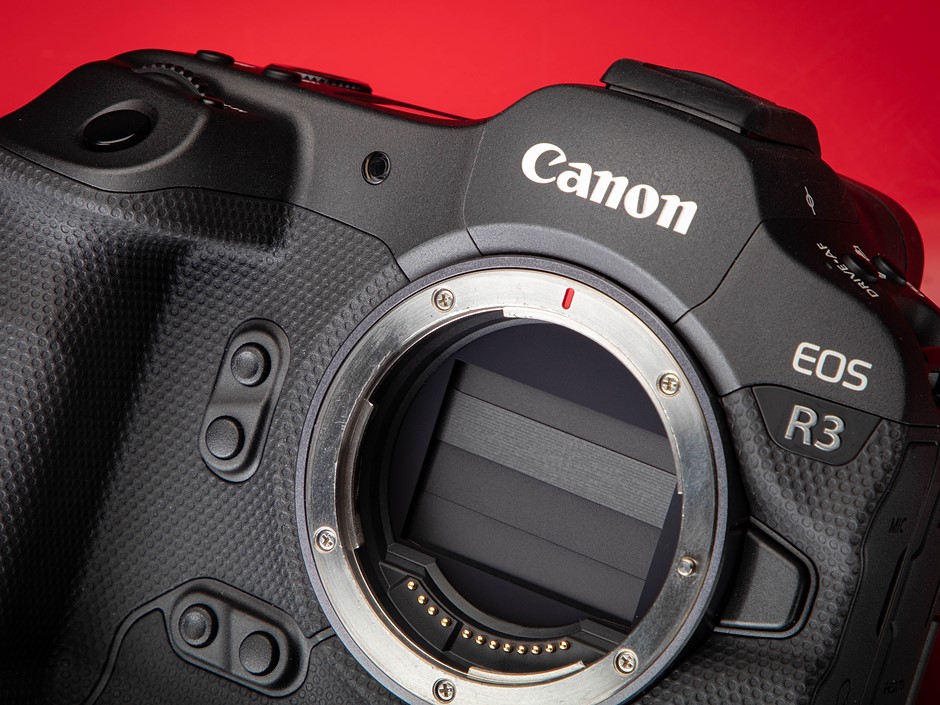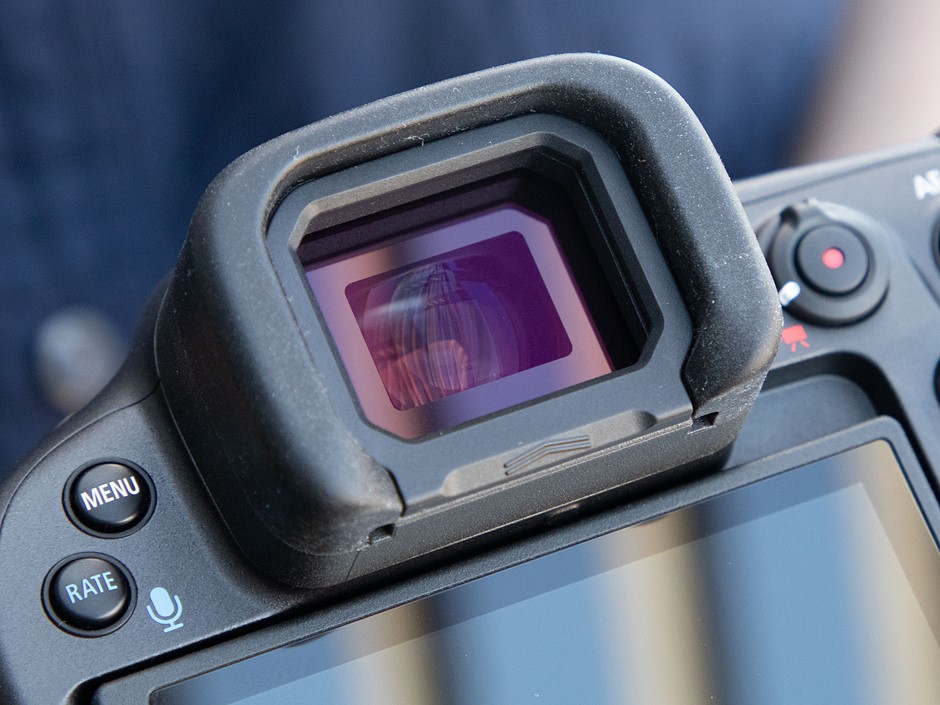Chosun Juan
Given to Fly

Why has no-one made an AF system directed by our eyes? (ie. what we are looking at) since the subject of our focus (pun if you like  is invariably where we would like the camera to focus too.
is invariably where we would like the camera to focus too.
I realize there are a couple of issues involved:
* Our eyes can often dart around the scene - checking composition, or other incidental subjects in the scene (such as a prey animal being chased by predator etc) ,
* Or, the subject we would like to image may be moving too quickly and/or erratically for our gaze to stick rigidly to it - think swallows, hummingbirds, or dragonflies darting around etc
* Or our gaze at times may be a bit non-specific - focusing on a whole bird for example rather than a specific point such as its eye.
* The shutter interrupts our vision (and obscures instantaneous movements which may occur during the blackout period),
* Etc,
DSLR'S have dedicated phase detect sensors and elaborate AF and tracking using RGB sensors. Nikon's '3D Tracking' is currently king of the heap (especially in the D5). Canon's TTR system is displayed at its best in the IDX MKII. Mirrorless probably look to the Sony A9 as the most proficient AF system and they have been catching DSLR's rapidly. With phase detect on chip, they offer nearly the entire image (93%) as available for focus points. Olympus's OMD EMI MkII also gets an honorable mention.
The Sony has 'Eye AF' where it will lock onto and track a subject's eye, but this is not really what I am talking about. My old Minolta 700Si filum jobbie had 'Eye-Start AF' and as awesome as this was (beats a half depressed shutter for me - especially when each excessive pressure slip was a precious film frame potentially wasted), it falls short of what I am talking about too.
Some of the AF algorithms in current cameras must be pretty naff and unsophisticated. Even my D7200 which I regard pretty highly in general can jump from a panned falcon to an escarpment 50m in the background if I happen to wobble off the subject. Other cameras are much worse, hunting in ways that defy the laws of physics ! ..... perhaps they are allowing for that once in a lifetime capture of a UFO that jumps hundreds of meters or a kilometre or more instantaneously! :cat:
With some automotive safety systems now detecting whether our eyes are on the road or if we have nodded off, it would seem the technology at least in principle exists for an 'Eye Directed' AF. Perhaps it would even work in concert with traditional systems and algorithms ....
I think it would be pretty cool - how about you?
Thoughts and discussion welcome ......
Chosun :gh:
I realize there are a couple of issues involved:
* Our eyes can often dart around the scene - checking composition, or other incidental subjects in the scene (such as a prey animal being chased by predator etc) ,
* Or, the subject we would like to image may be moving too quickly and/or erratically for our gaze to stick rigidly to it - think swallows, hummingbirds, or dragonflies darting around etc
* Or our gaze at times may be a bit non-specific - focusing on a whole bird for example rather than a specific point such as its eye.
* The shutter interrupts our vision (and obscures instantaneous movements which may occur during the blackout period),
* Etc,
DSLR'S have dedicated phase detect sensors and elaborate AF and tracking using RGB sensors. Nikon's '3D Tracking' is currently king of the heap (especially in the D5). Canon's TTR system is displayed at its best in the IDX MKII. Mirrorless probably look to the Sony A9 as the most proficient AF system and they have been catching DSLR's rapidly. With phase detect on chip, they offer nearly the entire image (93%) as available for focus points. Olympus's OMD EMI MkII also gets an honorable mention.
The Sony has 'Eye AF' where it will lock onto and track a subject's eye, but this is not really what I am talking about. My old Minolta 700Si filum jobbie had 'Eye-Start AF' and as awesome as this was (beats a half depressed shutter for me - especially when each excessive pressure slip was a precious film frame potentially wasted), it falls short of what I am talking about too.
Some of the AF algorithms in current cameras must be pretty naff and unsophisticated. Even my D7200 which I regard pretty highly in general can jump from a panned falcon to an escarpment 50m in the background if I happen to wobble off the subject. Other cameras are much worse, hunting in ways that defy the laws of physics ! ..... perhaps they are allowing for that once in a lifetime capture of a UFO that jumps hundreds of meters or a kilometre or more instantaneously! :cat:
With some automotive safety systems now detecting whether our eyes are on the road or if we have nodded off, it would seem the technology at least in principle exists for an 'Eye Directed' AF. Perhaps it would even work in concert with traditional systems and algorithms ....
I think it would be pretty cool - how about you?
Thoughts and discussion welcome ......
Chosun :gh:










